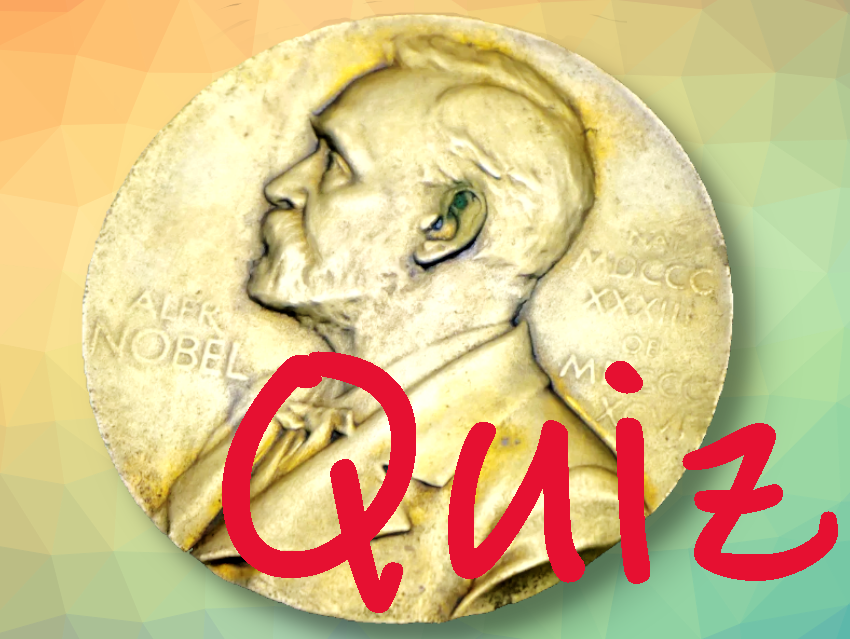The Nobel Prize is one of the world’s most important scientific awards. To date, the Nobel Prize in Chemistry has been awarded 113 times and there are 188 Nobel Laureates in Chemistry [1]. Learn more facts about the Nobel Prize and test your knowledge with this quiz. Have fun!
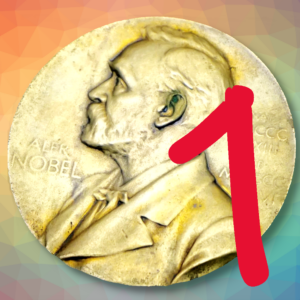
Why are the winners called Nobel Prize Laureates?
The word “laureate” refers to the sign of the laurel wreath. In ancient Greece, laurel wreaths were awarded to victors as a sign of honor. Together with the Nobel Prize, this gives the term Nobel Laureate.
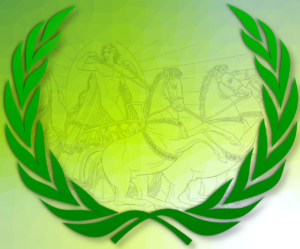
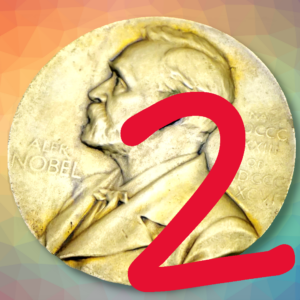
What kind of invention was Alfred Nobel famous for?
Dynamite
In 1866, the Swedish chemist Alfred Nobel carried out experiments with blasting agents. His research aimed at further developing highly explosive nitroglycerine, which he considered a chemical with great economic potential. However, its enormous blasting force, together with its sensitivity to shock, made it risky to store and transport. Accidents with nitroglycerine were quite common at the time. A commercially and practically suitable alternative that was safer to handle needed to be found.
Alfred Nobel managed to combine liquid nitroglycerine with kieselgur, which led to a more stable and portable explosive that is commonly known as dynamite [1,2].
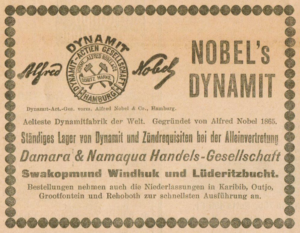
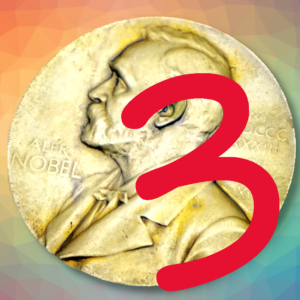
The legacy of which Nobel Prize winner in Chemistry can be admired in the Kunsthaus (art museum) Zurich, Switzerland?
Leopold Ruzicka not only won the Nobel Prize in Chemistry for his research on polymethylenes and higher terpenes but he was also a passionate collector of Dutch and Flemish 17th-century art. The considerable financial resources he obtained due to his patents on the industrial synthesis of steroid hormones were spent entirely on the acquisition of his art collection. To make it available to the wider public, Leopold Ruzicka donated his paintings to the Kunsthaus (art museum) Zurich as the “Ruzicka foundation” where they can still be visited [3-5].
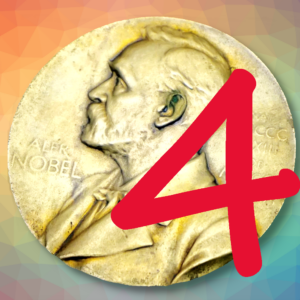
Who was the first Asian recipient of the Nobel Prize in Chemistry?
Fukui Ken’ichi, Japan.
Together with Roald Hoffmann, Fukui Ken’ichi received the Nobel Prize in Chemistry in 1981. Fukui received it for the development of the Frontier Molecular Orbital Theory (FMO), which he established in 1952 and then developed further. It provided a qualitative explanation of reaction mechanisms in organic chemistry (in Fukui’s case, especially aromatics) based on molecular orbital theory with the concept of HOMO and LUMO [1].
In 1930, Sir Chandrasekhara Venkata Raman was recognized with the Nobel Prize in Physics for his research on the scattering of light and the discovery of the Raman effect [1]. He is the first Asian recipient of a Nobel Prize in the natural sciences.
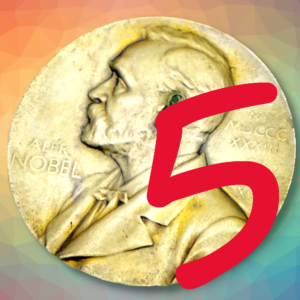
Which family has the highest number of Nobel Prize winners?
Marie Curie and Pierre Curie, as well as Irène Joliot-Curie and Frédéric Joliot-Curie, received a total number of three Nobel Prizes for Chemistry and Physics. In 1903, Marie Curie was awarded the Nobel Prize in Physics jointly with her husband Pierre for their research on radioactivity. Eight years later, she received her second Nobel Prize for her achievements in chemistry, namely the discovery of the elements radium and polonium and her research on radium and its compounds. This made her the first woman to win two Nobel Prizes. Her daughter Irène Joliot-Curie also chose a career path in research. Jointly with her co-worker and husband Frédéric Joliot-Curie, she won the Nobel Prize in Chemistry in 1935 for the artificial creation of radioactivity [1].
On a related note, it should be mentioned that there is also a fourth Nobel prize related to the Curie family: In 1965, Henry R. Labouisse, at that time Executive Director of UNICEF, accepted the Nobel Peace Prize on behalf of UNICEF. He was married to Marie Curie’s younger daughter, Ève Curie Labouisse [1].
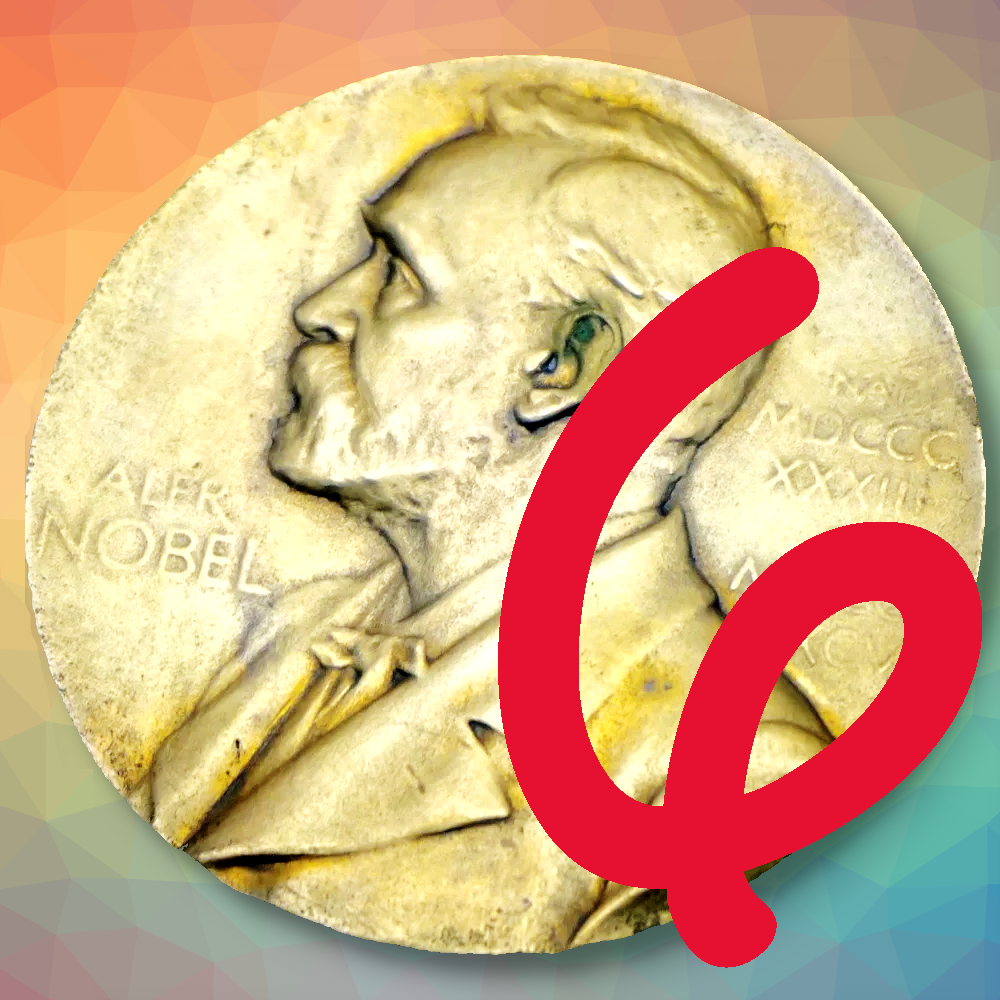
Which Nobel Prize Laureate was nominated most often (until 1970)?
Robert B. Woodward got 111 nominations from 1946 to 1965, the highest number of nominations ever. Eventually, in 1965, his work on organic synthesis was recognized with the Nobel Prize in Chemistry [6].
Reference
[1] The official website of the Nobel Prize (accessed September 29, 2022)
[2] Dirk Hempel, Wie Alfred Nobel das Dynamit erfunden hat, Norddeutscher Rundkunk (NDR) 2021. (accessed September 29, 2022)
[3] Gerhard Oberkofler, Leopold Ruzicka – Schweizer Chemiker und Humanist aus Altösterreich, StudienVerlag, Innsbruck, Austria, 2001, 127, 180ff.
[4] Feodor Lynen, Leopold Ruzicka, Nachruf, 1976. (accessed September 29, 2022)
[5] Kunsthaus Zürich, Switzerland
[6] Neil Withers, Chris Pink, Katrina Krämer, Philip Robinson, Ben Valsler, Patrick Walter, Visualising the Nobel nomination archive, Chemistry World October 3, 2022.
Also of Interest
- Collection: Nobel Prize in Chemistry
Collection of interviews with Nobel laureates and Nobel Prize quizzes - Quiz: Who’s Next? Nobel Prize in Chemistry 2022
Who do you think will be honored this year? Make your predictions
